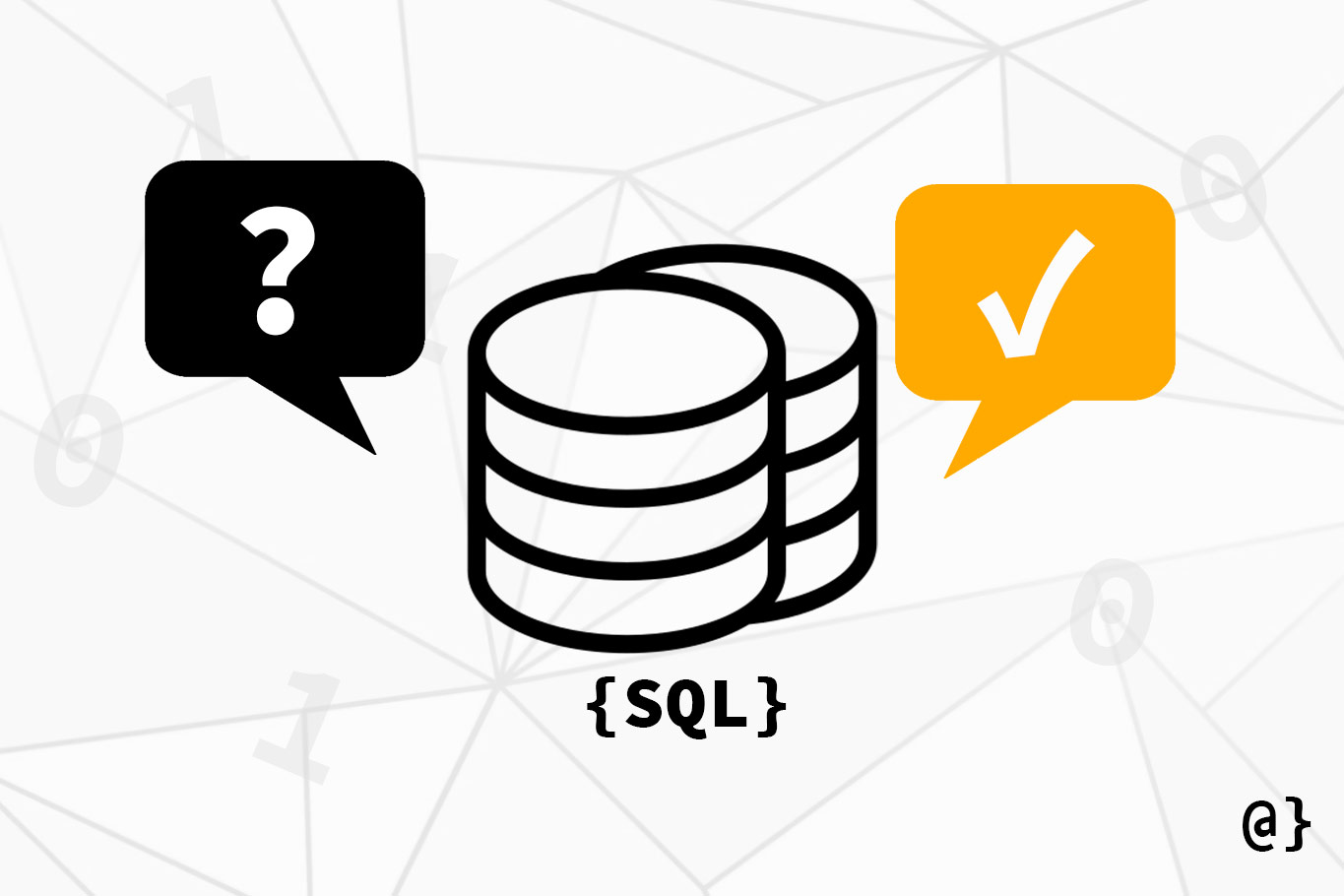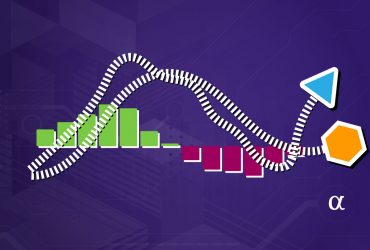Structured Query Language (SQL) is a domain-centric language commonly used in database applications. Database management systems (DBMS), particularly relational database management systems (RDBMS), use SQL to manage structured, related data.
SQL’s primary advantages include the ability to access many records at once and the ability to do so without specifying how to access data. This second aspect makes SQL the single most popular query language for relational database systems.
SQL consists of many different types of statements which allows the sub-categorization of different sublanguages. Examples include data definition languages (DDL), data manipulation language (DML), and data control languages (DCL).
SQL is one of the first query languages based on the 1966 A relational model of Data for Large Shared Data Banks by Codd [1]. While not conforming entirely to Codd’s specifications, SQL has become the ANSI-recognized official query language [2] for relational database applications in 1986 and is currently in the 5th edition of the specification [3].
References
- Codd, E. F. “A Relational Model of Data for Large Shared Data Banks.” Communications of the ACM, vol. 13, no. 6, June 1970, pp. 377–87. June 1970, doi:10.1145/362384.362685.
- International Standards Organization (ISO). “Information Processing Systems – Database Language – SQL”. ISO 9075:1987. June, 1987. ICS 35.060
- International Standards Organization (ISO). “Information technology — Database languages — SQL — Part 1: Framework (SQL/Framework)”. ISO 9075-1:2016. December, 2016. ICS 35.060






















